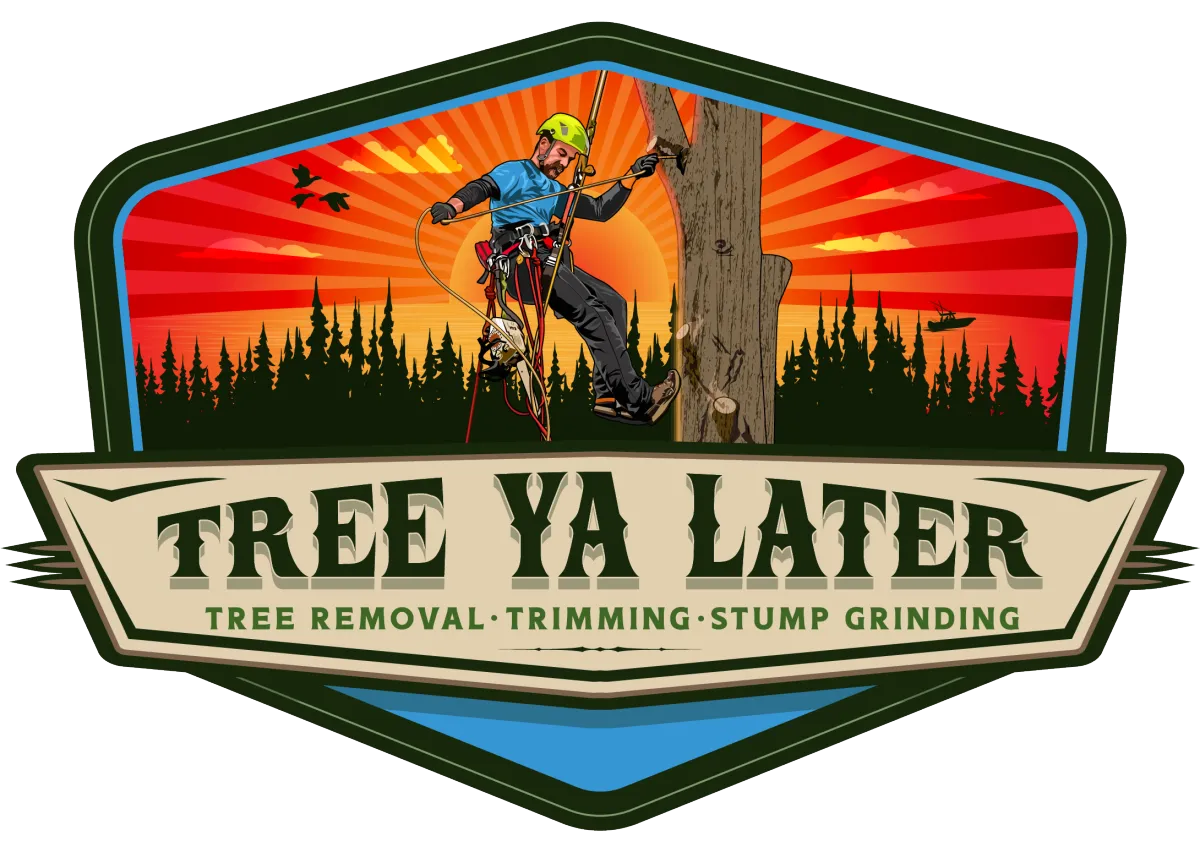
What to Do After a Tree Removal: Essential Steps for Restoration and Resource Utilization
Having a tree removed from your property can be a significant undertaking. Whether it was necessary due to disease, stormdamage, or simply to make way for new construction, the removal process itself is just the beginning. After the tree has been taken down, there are several important steps you should take to ensure the area is properly restored and to make the most of the resources that came from the tree. In this article, we will guide you through what to do after a tree removal, providing valuable insights and tips to help you through the post-removal process.
1. Clean Up and Clear the Area
After a tree has been removed, the first step is to thoroughly clean up the area. This includes removing any fallen branches, twigs, and debris. Not only will this make the area safer, but it will also provide a clean canvas for the next steps in the process. You may need to rent a chipper or hire professionals to help with the cleanup, especially if the tree was large or if there is a significant amount of debris.
2. Consider Stump Grinding
Once the tree has been removed, you will be left with a stump in the ground. While some homeowners choose to leave the stump as a natural feature or use it for decorative purposes, stump grinding is a popular option for completely removing the remaining tree remnants. Stump grinding involves using a specialized machine to grind the stump down to below ground level. This not only eliminates the tripping hazard but also allows you to use the space for other purposes such as landscaping or construction.
3. Assess the Soil and Replenish Nutrients
Tree removal can have a significant impact on the soil in the surrounding area. The roots of the tree play a vital role in maintaining the soil's structure and nutrient content. Without the tree, the soil may become compacted or depleted of certain essential elements. It's important to assess the soil's condition and, if necessary, replenish the nutrients. You can conduct a soil test or consult with a professional arborist to determine the appropriate amendments or fertilizers to use. This will help ensure the health of any new plants or grass that you plan to install in the area.
4. Repurpose the Wood
Instead of disposing of the tree entirely, consider repurposing the wood. Many tree removal companies, including Tree Ya Later, offer services to turn the removed trees into high-quality mulch or firewood. Mulch can be used to enrich your garden beds, suppress weed growth, and conserve moisture. Firewood, on the other hand, can provide a sustainable source of heat during colder months. By repurposing the wood, you can make the most of the tree's resources and reduce waste.
5. Plan for Replanting
If the tree was removed for reasons other than a replacement, such as disease or storm damage, you may want to consider replanting another tree in its place. Trees offer numerous benefits, including shade, improved air quality, and aesthetic appeal. When selecting a new tree, consider factors such as the size of the space, soil conditions, and the tree's growth requirements. Consult with a local arborist or tree nursery for guidance on choosing the right tree species for your specific needs. Remember that planting a new tree is an investment in the future and can significantly enhance the beauty and value of your property.
6. Maintain the Surrounding Trees
After a tree removal, it's essential to pay attention to the health and maintenance of the remaining trees on your property. Removing a tree can affect the surrounding trees in various ways, including changes in sunlight exposure, wind patterns, and root competition. Monitor the remaining trees for any signs of stress, disease, or pest infestation. Regularly prune and trim the branches to promote healthy growth and reduce the risk of falling limbs. It's always a good idea to consult with a professional arborist who can provide expert advice and perform necessary tree care services.
Restoring Your Property and Maximizing Resources
After a tree removal, there are several important steps to take to ensure a smooth transition and to make the most of the resources available. Begin by cleaning up and clearing the area, removing any debris left behind. Consider stump grinding to eliminate the remaining stump and make way for future landscaping or construction. Assess the soil's condition and replenish nutrients as needed to support new plants or grass. Repurpose the wood by turning it into mulch or firewood, reducing waste and benefiting your garden or heating needs. If suitable, plan for replanting another tree to enjoy the many benefits it offers. Lastly, maintain the health of the remaining trees on your property through regular monitoring, pruning, and professional care.
By following these steps, you can ensure a successful transition after a tree removal and create a safe and vibrant environment on your property. Remember to consult with professionals, such as Tree Ya Later, to guide you through the process and provide expert assistance. Taking the necessary actions after a tree removal will not only enhance the aesthetics and value of your property but also contribute to the overall well-being of the environment.

